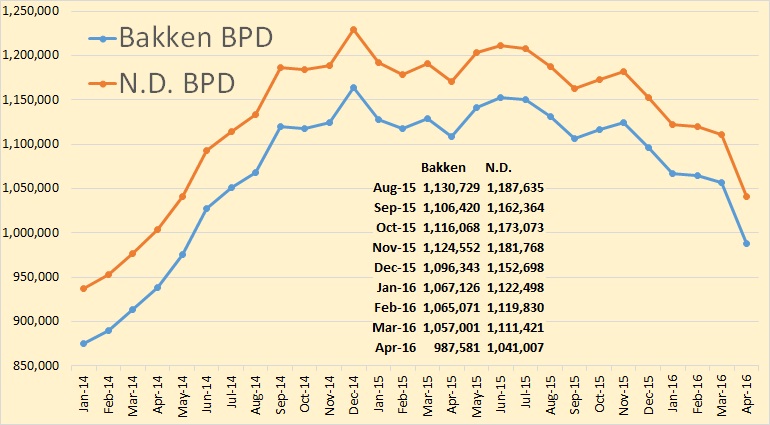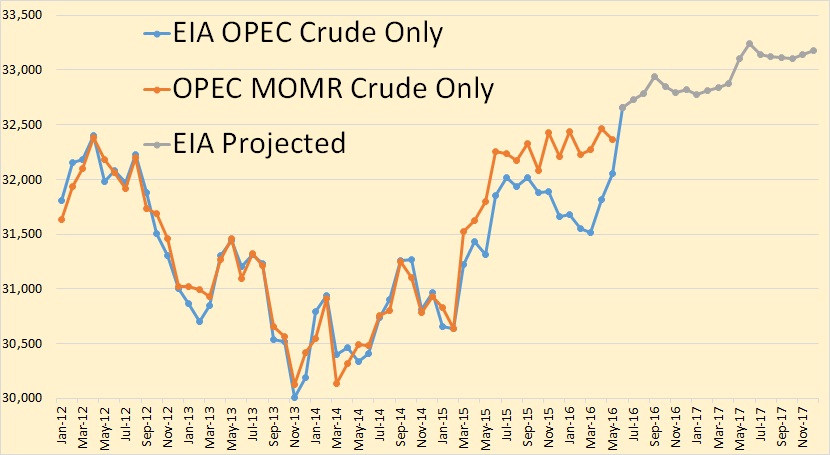This is a guest post by “Political Economist” and does not necessarily represent the opinions of Ron Patterson.
World Energy 2016-2050: Annual Report
“Political Economist”
June 2016
The purpose of this annual report is to provide an analytical framework evaluating the development of world energy supply and its impact on the global economy. The report projects the world supply of oil, natural gas, coal, nuclear, hydro, wind, solar, and other energies from 2016 to 2050. It also projects the overall world energy consumption, gross world economic product, and energy efficiency from 2016 to 2050 as well as carbon dioxide emissions from fossil fuels burning from 2016 to 2100.
The basic analytical tool is Hubbert Linearization, first proposed by American geologist M. King Hubbert (Hubbert 1982). Despite its limitations, Hubbert Linearization provides a useful tool helping to indicate the likely level of ultimately recoverable resources under the existing trends of technology, economics, and geopolitics. Other statistical methods and some official projections will also be used where they are relevant.
Past experience with Hubbert Linearization suggests that Hubbert Linearization exercise tends to underestimate the ultimately recoverable oil and natural gas resources. To mitigate this “pessimistic” bias, I use the US Energy Information Administration (EIA)’s official projection to project US oil and natural gas production from 2016 to 2040, which may prove to be too optimistic.
About two years ago, I posted “World Energy 2014-2050” at Peak Oil Barrel (Political Economist 2014). The posts can be found here:
World Energy 2014-2050 (Part 1)
World Energy 2014-2050 (Part 2)
World Energy 2014-2050 (Part 3)
Read More



